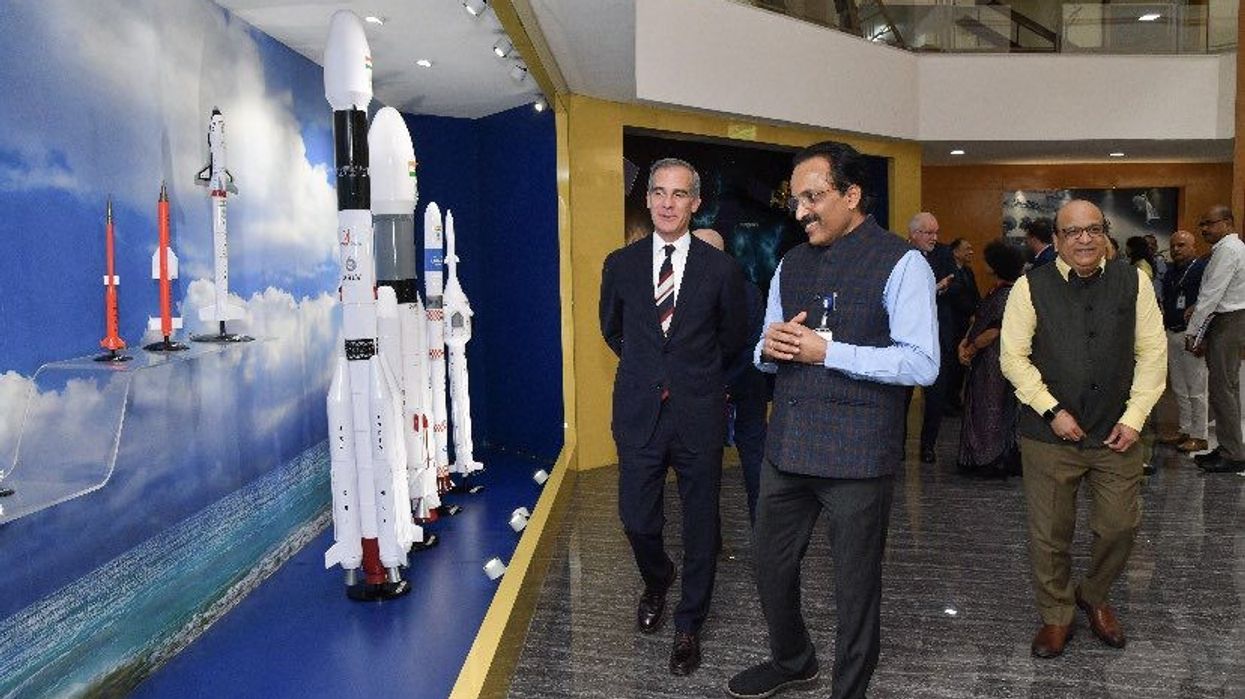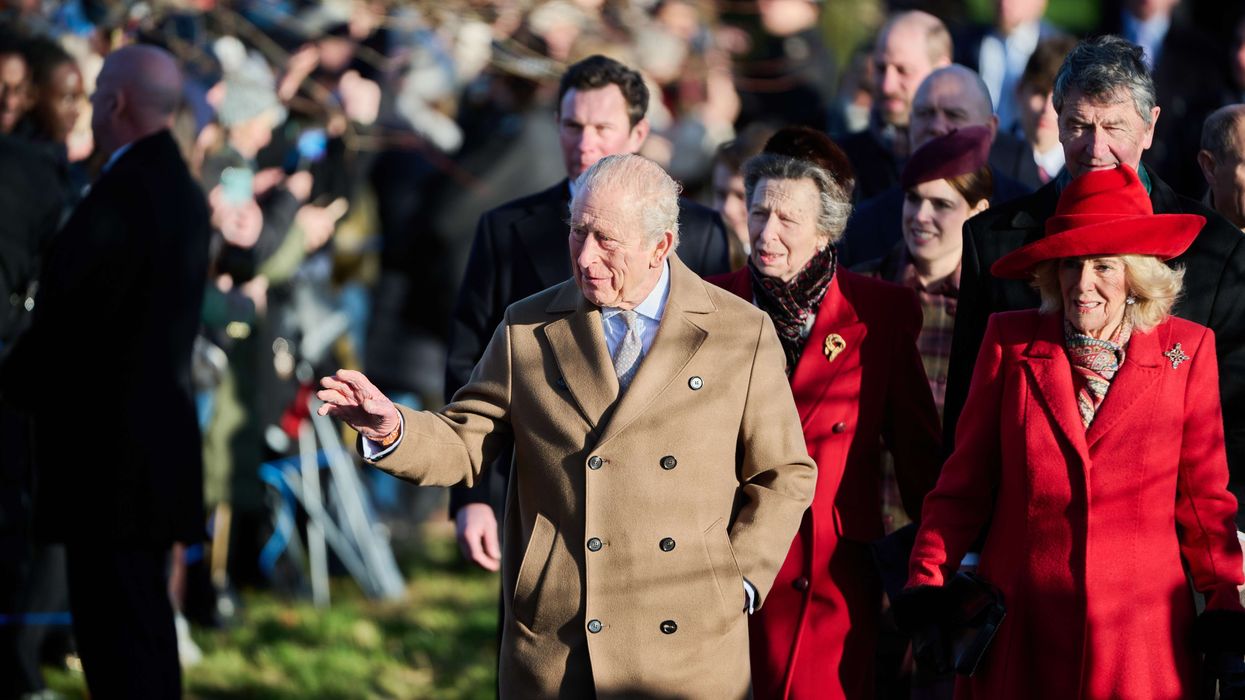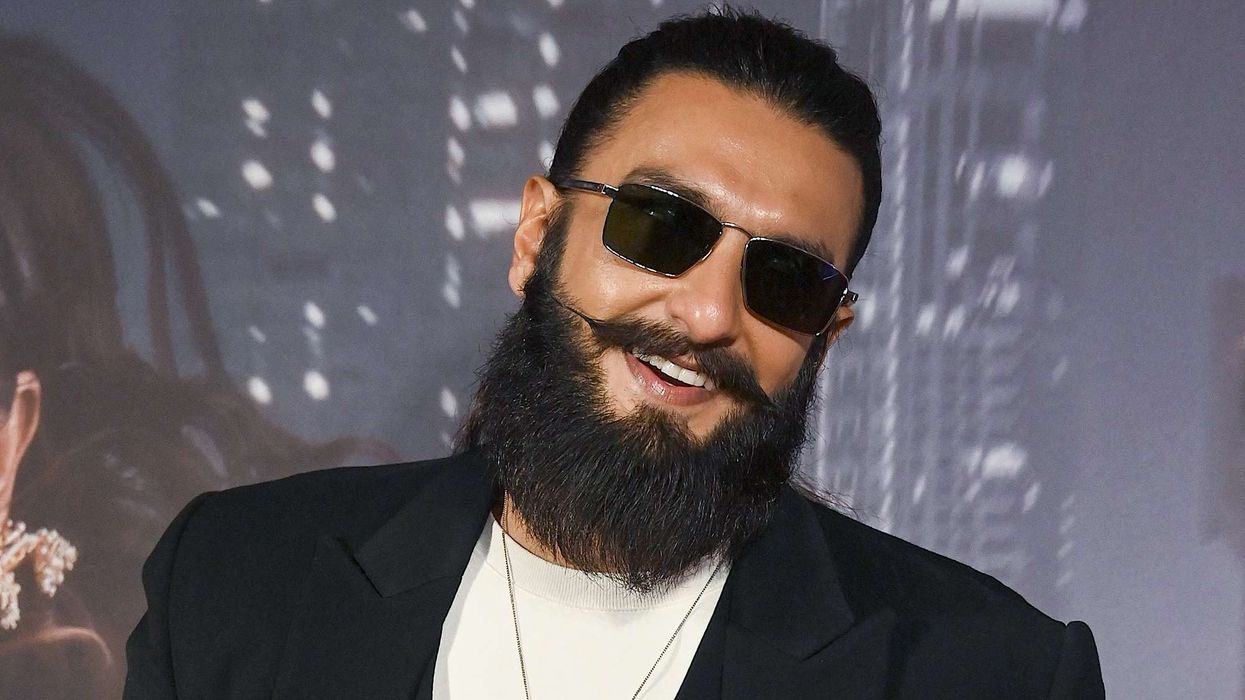NASA is set to offer advanced training to Indian astronauts in preparation for a collaborative mission to the International Space Station, said a senior US diplomat.
Eric Garcetti, the US Ambassador to India, disclosed this development during the "US-India Commercial Space Conference: Unlocking Opportunities for US & Indian Space Startups," organised by the US-India Business Council (USIBC) and the US Commercial Service (USCS) in Bengaluru.
“NASA will soon provide advanced training to Indian astronauts, with the goal of mounting a joint effort to the International Space Station, hopefully, this year or shortly thereafter, which was one of the promises of our leaders' visit together. And soon we will launch the NISAR satellite from ISRO's Satish Dhawan Space Center to monitor all resources, including ecosystems, the Earth's surface, natural hazards, sea level rise, and the cryosphere,” Garcetti said, according to a USIBC press statement.
“You see whether it's the pursuit of peace and the peaceful use of space, things like the Artemis Accord, we are hand in hand, arm in arm. When it comes to prosperity and jobs, which is a big part of this conference today, it can be produced by startups in this sector, good-paying, high-tech jobs for Indians and for Americans. Space is right there,” Garcetti said.
The day-long event in Bengaluru included participation from senior officials from the US and Indian governments, including Garcetti, Indian Space Research Organisation (ISRO) Chairman Dr. Somanath S, representatives from NASA, the National Oceanic and Atmospheric Administration (NOAA), and the Government of India, as well as leaders from the commercial space industry, stakeholders, venture capitalists, and market analysts.
“I must salute the visionary leadership that we have in both nations in India and the US for engaging in such an accord which looks at the moon as a sustainable place for all of us to come and work together,” Somnath said. “The connection between the Indian partners and also the US partners in critical technologies and specifically in the space sector is really becoming stronger. And I'm very happy about that type of engagement and the options available to the industries and the US business indigenous to connect with India in the emerging space sector as well,” he said.
USIBC president Atul Keshap expressed optimism about the prospects of US-India collaboration in space, describing it as a new chapter in the partnership. “The conference highlights the deepening synergy between our two free nations in pioneering space exploration and innovation by the leading democracies. Through strategic alliances and collaborative efforts, we're on the brink of achieving extraordinary milestones and expanding the horizons of space exploration beyond what we once imagined," Keshap said.
“The US-India Commercial Space Conference underscores the importance of fostering strategic partnerships to drive innovation and propel the space industry forward,” said USIBC managing director Alexander Slater. “This is the next step in USIBC's continued commitment to fostering bilateral cooperation among leading companies and startups from both countries to unlock new opportunities for economic growth, job creation and technological leadership. It builds on our work in February when we hosted the second edition of INDUS-X in New Delhi, which promoted similar opportunities for innovation and cooperation in new and emerging defence technologies,” he said.
(PTI)













